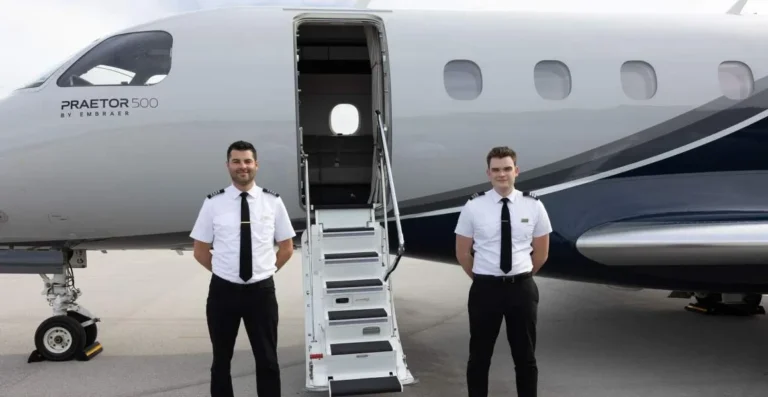Ever wondered who gets to chauffeur billionaires through the clouds while avoiding TSA pat-downs? Private jet pilots are the aviation rock stars who never have to announce “we’ll be experiencing some turbulence” to 200 grumpy strangers! These aerial chauffeurs don’t just fly fancy planes—they’re raking in fancy paychecks too.
While you’re squeezing into economy class, they’re commanding flying mansions and collecting salaries that would make even your most successful cousin shut up about their latest promotion at Thanksgiving dinner. Let’s peek into their wallets without the embarrassment of asking them directly!
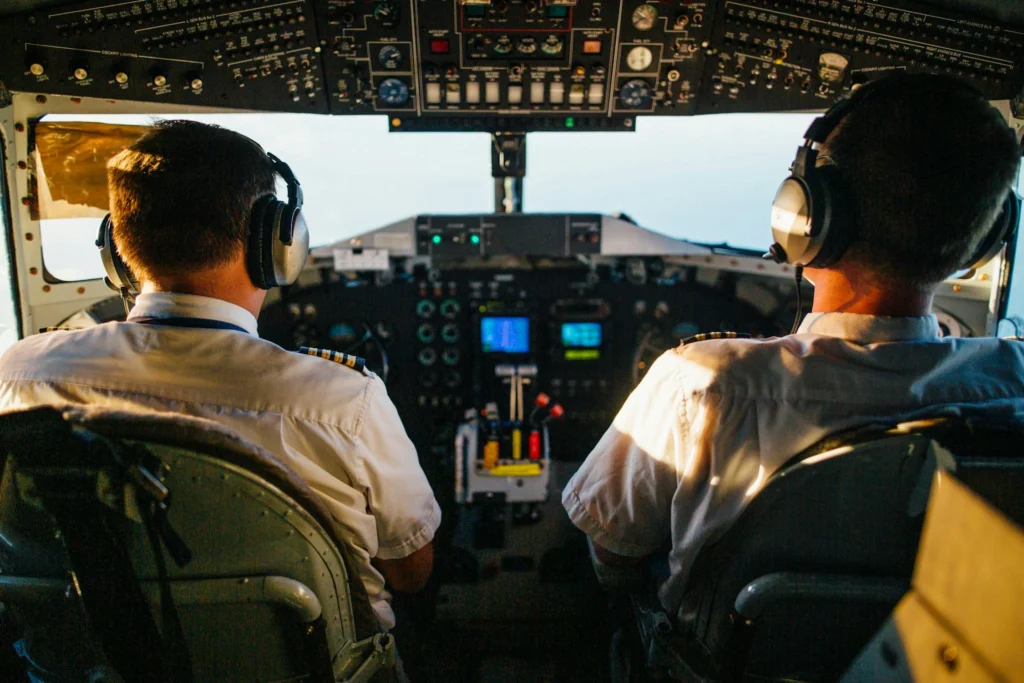
US Private Jet Pilot Salaries
Private jet pilots across the United States typically command higher compensation than their commercial airline counterparts, with earnings that fluctuate based on several factors, including experience level, geographic location, and the employing organisation.
While industry data indicates average annual earnings of approximately $134,630, Simple Flying notes that top-earning private pilots can receive up to $200,000 yearly.
The overall salary spectrum ranges from $49,500 to $201,000 per annum, with premium compensation packages more commonly found in high-demand metropolitan markets such as New York and Los Angeles. Private jet pilot compensation varies significantly based on several key factors:
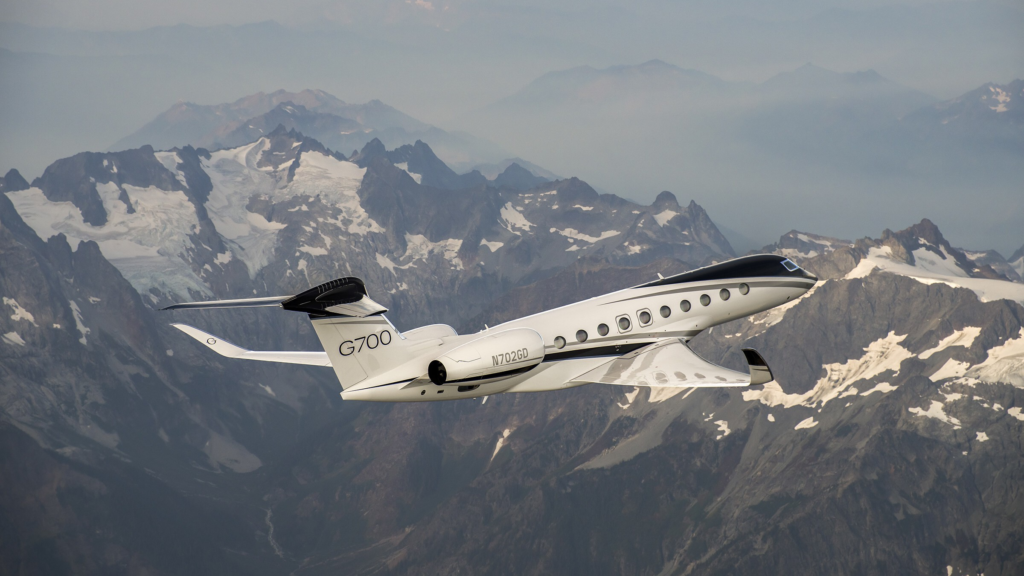
Experience and Flight Hours
Flight experience directly correlates with earning potential. Pilots with specialised certifications or ratings for multiple aircraft types command premium salaries:
Entry-Level Private Jet Pilot
- Annual starting salary: $50,000 to $85,000
- These newcomers typically work for charter companies or smaller operators with fewer flight hours under their belts
Mid-Level Private Jet Pilot
- Annual pay: $85,000 to $150,000
- Pilots with 2,000 to 5,000 flight hours often fly more sophisticated jets for established private services or serve as second-in-command on larger aircraft
Senior Private Jet Pilot
- Annual salary: $150,000 to $250,000+
- Veterans with over 5,000 flight hours frequently work for high-net-worth individuals and corporations or as chief pilots for charter companies

Aircraft Type
The complexity and size of the aircraft significantly impact earnings:
- Light Jets: Pilots of smaller jets like Cessna Citations and Embraer Phenom 300s typically earn lower salaries
- Mid-Size Jets: Operating aircraft like the Gulfstream G150 and Learjet 60 brings higher compensation
- Heavy Jets: Flying larger, more complex aircraft such as the Gulfstream G650 and Bombardier Global 7500 commands top-tier salaries
Employer Type
Employment setting plays a critical role in compensation packages:
- Large Charter Companies: Often provide competitive pay with structured benefits
- Smaller Operations: May offer lower base salaries but include other perks
- Corporate/Privately-Owned Jets: Typically feature the most competitive compensation packages
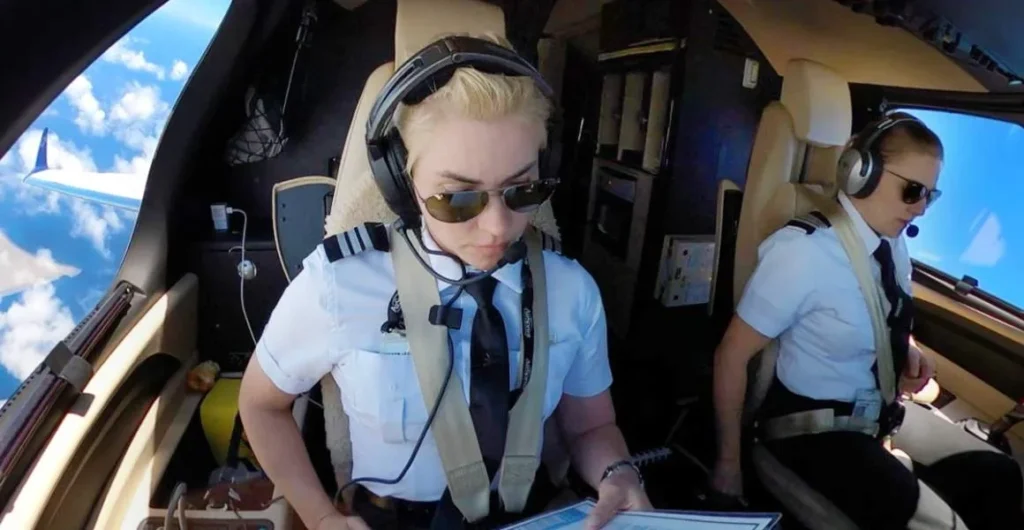
Annual Flight Hours
Pilots who log more hours generally earn more, though this must be balanced against lifestyle considerations and potential burnout.
Benefits Beyond Salary
Private jet pilots receive numerous perks beyond their base compensation:
- Travel allowances for meals, accommodations, and expenses
- Comprehensive health insurance coverage
- Retirement plans including 401(k) options
- Travel benefits for pilots and their families
Career Pathway
Becoming a US private jet pilot requires:
- Obtaining a Private Pilot License (PPL)
- Earning a Commercial Pilot License (CPL)
- Accumulating substantial flight hours through instruction or other aviation roles
- Acquiring specific type ratings for different aircraft models
Essential soft skills include meticulous attention to detail, clear communication, problem-solving abilities, and scheduling flexibility.
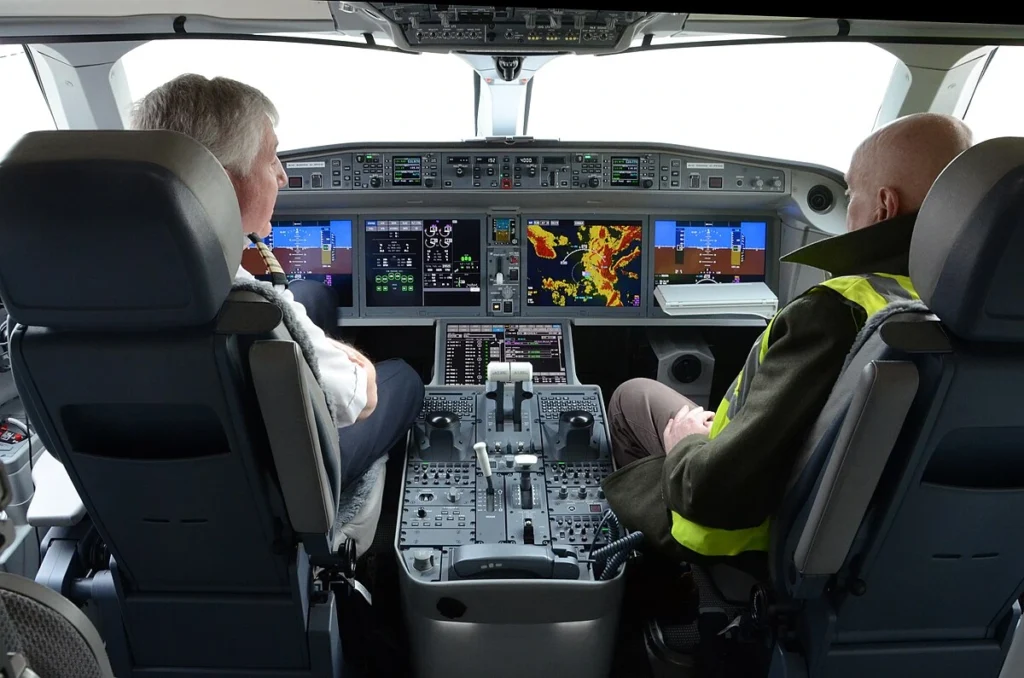
Bottom Line
So there you have it—private jet pilots are essentially aerial butlers with better views and bigger bank accounts. While you’re fighting for the armrest in coach, they’re flying the ultra-wealthy to private islands and cashing checks that make their sky-high lifestyle quite comfortable.
Next time you see a sleek private jet zooming overhead, remember there’s someone in that cockpit who never has to deal with crying babies, passengers clapping upon landing, or those impossibly tiny aeroplane bathrooms. They’ve traded all that for six-figure salaries and the privilege of telling billionaires to please return their seats to the upright position. Now that’s what we call a smooth landing into career success!
Stay tuned with us. Further, follow us on social media for the latest updates.
Join us on Telegram Group for the Latest Aviation Updates. Subsequently, follow us on Google News

